On the west coast of Asterholma, a 1 1⁄2-mile-long island in Finland’s Åland archipelago, my wife Marlen and I loaded our boxes, waterproof bags, camping stove, and tent aboard STRYNØ, our 20′ 8″ traditionally built sail-and-oar double-ender. At the water’s edge a boathouse with walls painted barn red was surrounded by reeds, but much of the island’s shore was rock in striations of pale gray and beige left bare, smooth, and undulating by the retreat of the last ice age. With our gear loaded, we pushed off, stepped aboard, and set the two rectangular spritsails. STRYNØ coasted out of the slick in the lee of the island and drifted into a wind that just dimpled the surface of the Baltic Sea. Glittering ripples soon surrounded our downwind course, gurgling as the bow passed through them. Thanks to her light weight and shallow draft, STRYNØ can be launched and recovered just about anywhere. At Asterholma we found a shallow spot by a boathouse and slipped STRYNØ off the trailer straight into a soft cushion of reeds.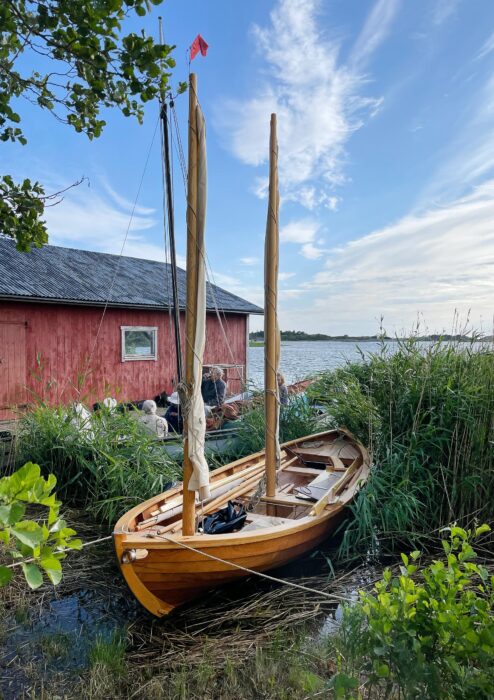 Photographs by the author except as noted
Photographs by the author except as noted
Join The Conversation
We welcome your comments about this article. To include a photo with your remarks, click Choose File below the Comment box.

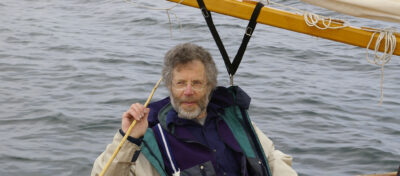
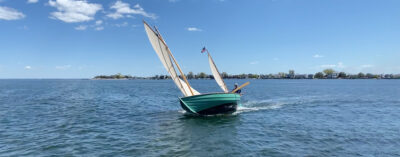
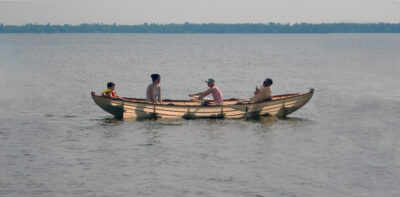

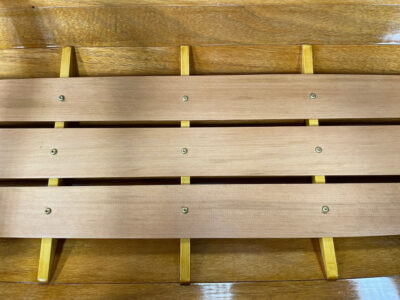
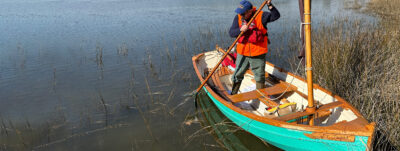

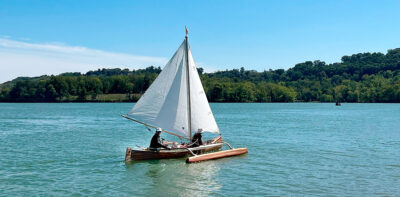


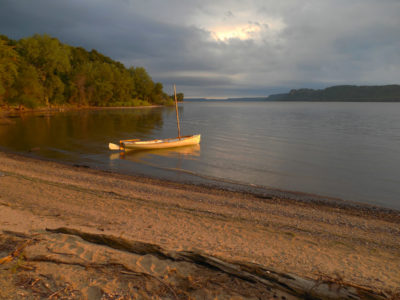
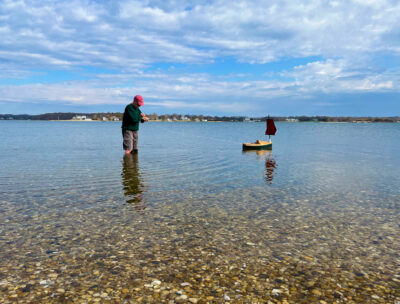
A beautiful boat and great open-boat sailing story in Baltic Sea changing weather conditions. Did you derive STRYNØ design from one of the three Smakkejollen described in Christian Nielsen’s Wooden Boat Designs: Classic Danish Boats measured and described – or is she based on another plan?
Hi Pascal,
There was an original boat built by Mads Illum Petersen, owner of the boatyard in Middelfart (Denmark) from 1855-1907. This boat is now stored at the Fishing and Maritime Museum at Esbjerg and was measured for building a replica. A friend of mine was involved in the boatbuilding process and I got a printout of the basic measurements. Together with him I could sail the replica in Middelfart and have a closer look at the sails and lines and the characteristics of the boat. I took all that as a starting point to develop a digital lapstrake plywood design with seven instead of nine planks and a daggerboard. The result is STRYNÖ. I know the book of Christian Nielsen, but unfortunately only my brother owns one, so at the moment I am not sure which design out of the book would be closest to what I built.